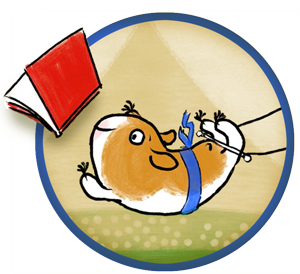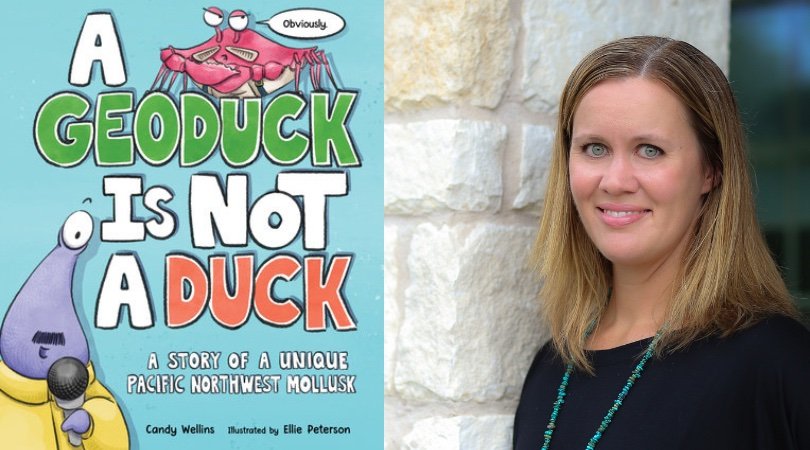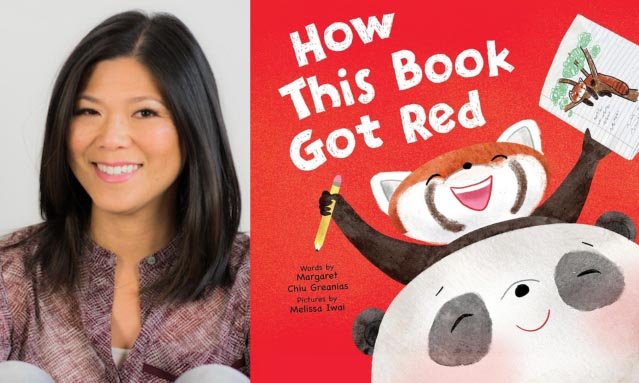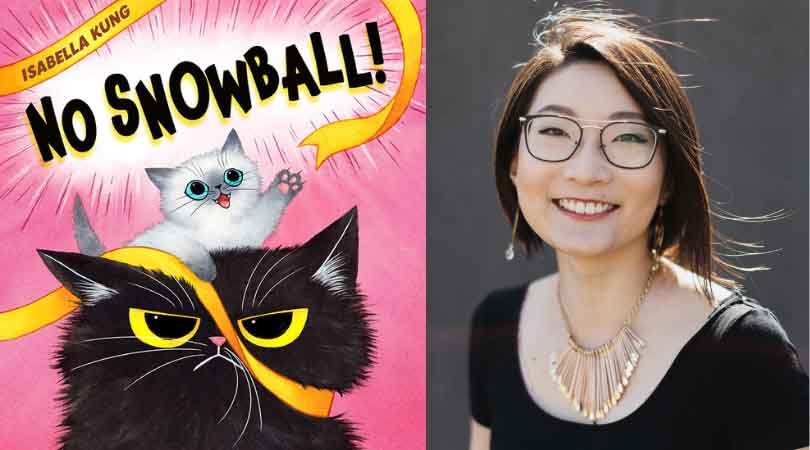Welcome back to our series, 20 QUESTIONS!,
where we answer questions about writing, reading, and author life.
(Note that we enjoy the series so much we’ve decided to just keep the questions coming!)
This month’s question:
What in your latest book is drawn from real life, and what, if anything, is made up?
Valerie Bolling
“In my RAINBOW DAYS early reader series, Zoya and her puppy, Coco, love to create art together. In THE ORANGE WALL, Zoya paints her room. When she finishes painting, she decides to… (spoiler alert) paint a mural on one of the walls. The idea for what she paints on that wall was inspired by my own experience. I enjoy walking in the woods, and so Zoya paints a scene of herself, walking in the woods with her dad and Coco.”
– Valerie Bolling, author of RAINBOW DAYS: THE ORANGE WALL, illustrated by Kai Robinson (Scholastic, 2024)
Candy Wellins
“A GEODUCK IS NOT A DUCK examines the very real geoduck, the world’s largest species of burrowing clams. Pronounced “gooey duck,” a made-up news crew (comprised of a talking Sea Star, giant Pacific Octopus, and Otter) is on a mission to find an actual gooey duck. A knowledgeable crab is full of real facts about geoducks that are misunderstood again and again.”
–Candy Wellins, author of A GEODUCK IS NOT A DUCK, illustraded by Ellie Peterson (Little Bigfoot, 2024)
Margaret Chiu Greanias
In HOW THIS BOOK GOT RED, Red, a red panda, recognizes that none of the books are about her kind of panda, so she decides to write her own. In the midst of struggling with writing her story, she sees a town where red panda representation is missing: in books, in merchandise, all the way down to the doll a baby red panda holds. The idea behind this story came from my childhood growing up with very little positive Asian representation in media and books. Like the baby red panda holding the giant panda doll, the dolls I played with looked nothing like me.
– Margaret Chiu Greanias, author of HOW THIS BOOK GOT RED, illustrated by Melissa Iwai (Sourcebooks Jabberwocky, 2023)
Hope Lim
“In Sourgrass, when Sofia and May venture out into the wild field, they nibble the stems of sourgrass and giggle. This scene came straight out of my kids’ preschool years. I chaperoned a field trip to a community garden located up on a grassy hill, and watching them smile under the bright sunshine in a field of sourgrass is one of my favorite memories from my kids’ preschool era. The two characters, Sofia and May, and the resolution of their story are made up. However, all the fun things Sofia and May enjoy in their yards and beyond come from real life. As a child, I played outside all the time, running through the fields and climbing mountains, and my kids also loved being in nature, always finding ways to have fun. I used these real-life memories of being outside in SOURGRASS.”
– Hope Lim, author of SOURGRASS, illustrated by Shahrzad Maydani (Beach Lane Books, 2024)














